Important discovery in the deposits of the Correr Museum in Venice where a painting depicting the Madonna and Child, St. John and six saints, believed to be Mantegna’s, has been found: it remains to be understood whether it is an autograph work by Andrea Mantegna, or whether he is responsible for the conception of composition and design while it is the work of others.
The work was found severely altered, and after a long and complex restoration that is currently being completed, it will soon be available for the analysis and judgments of scholars, who will be called upon to pronounce on the name of the author. It will be necessary to wait until 2024, when the painting will be the subject of exhibition, research and comparison initiatives planned between the Villa Contarini in Piazzola sul Brenta and the Correr Museum in Venice, its future exhibition venue, which is the subject of an expansion and refitting of the spaces on the second floor.
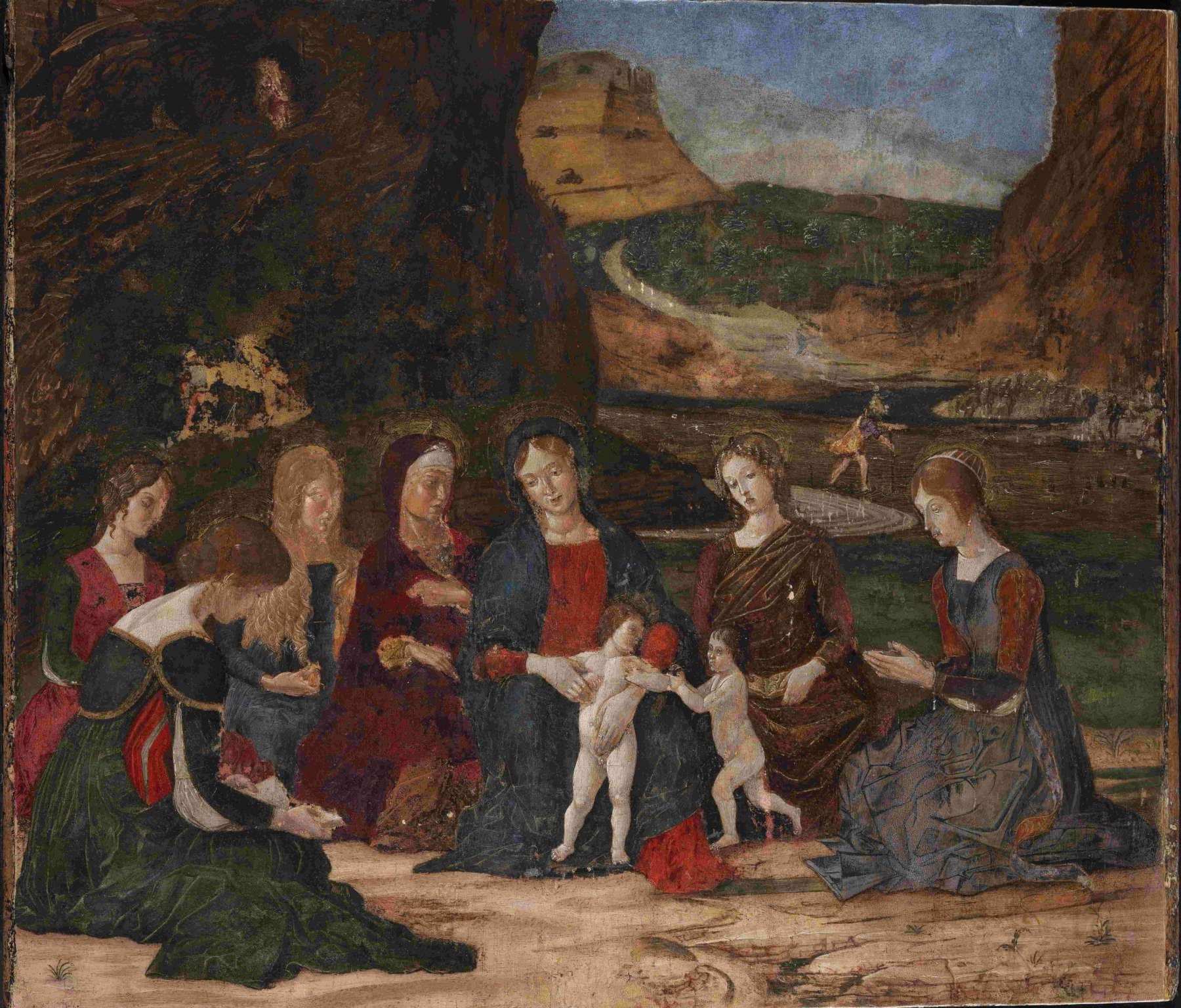
The painting, as has often been the case, had not been considered in the past because of its poor condition. The work belonged to the collection in 1830 left to the city of Venice by Teodoro Correr: the donation is the origin of today’s Civic Museums themselves. It is a small panel that needed major restoration, as time and subsequent repainting in fact prevented its full legibility and evaluation. That was until the museum’s current conservator was able to detect clear signs of extraordinarily high pictorial and compositional qualities: thus its study began, also with sophisticated technologies, and the restoration began later. Thanks to the valuable support of the G. E. Ghirardi Foundation, which “bet” on the work by financing the restoration, what could be a hidden treasure is now emerging. The fact that immediately emerged is that the work, of the finest quality of execution, with the very fine chiaroscuro accented with pure gold, as in the most precious miniatures, shows strongly and clearly the stylistic imprint of Andrea Mantegna. Above all, the same singular all-female sacred scene is almost identical to that of a painting now in the Isabella Stewart Gardner Museum in Boston, attributed to the great painter and formerly in the celebrated Mantuan collections of the Gonzagas, executed on their prestigious commission in the closing years of the 15th century.
Venetian conservators have already put forward the first hypotheses on the basis of radiographic and reflectographic investigations: the detectable drawing under the color outlines a tracing coinciding with the Boston painting, especially in some very precise points. Both paintings thus appear to have been made from the same cardboard, pierced to transfer the guiding points of the drawing to the two panels by dusting. It is consequent to believe that the two works were made by the same atelier, a short time apart if not at the same time; the artist would therefore have created two almost completely identical paintings, only with some small but significant variations in detail and color.
Another essential fact that has emerged from analysis and restoration is that this is an unfinished work; that is, after a painstaking creative process, admittedly a long and arduous one, for some unknown reason the painter abandoned the work at a stone’s throw from completion. It is superfluous to specify that we do not know who the patron or, more likely, “the” patron (perhaps a distinguished Gonzaga lady) is, for what reason he may have requested two identical paintings and for what recipients, what journey the work made before reaching the lagoon, what and how many passages to end up in the hands of Teodoro Correr between the eighteenth and nineteenth centuries.
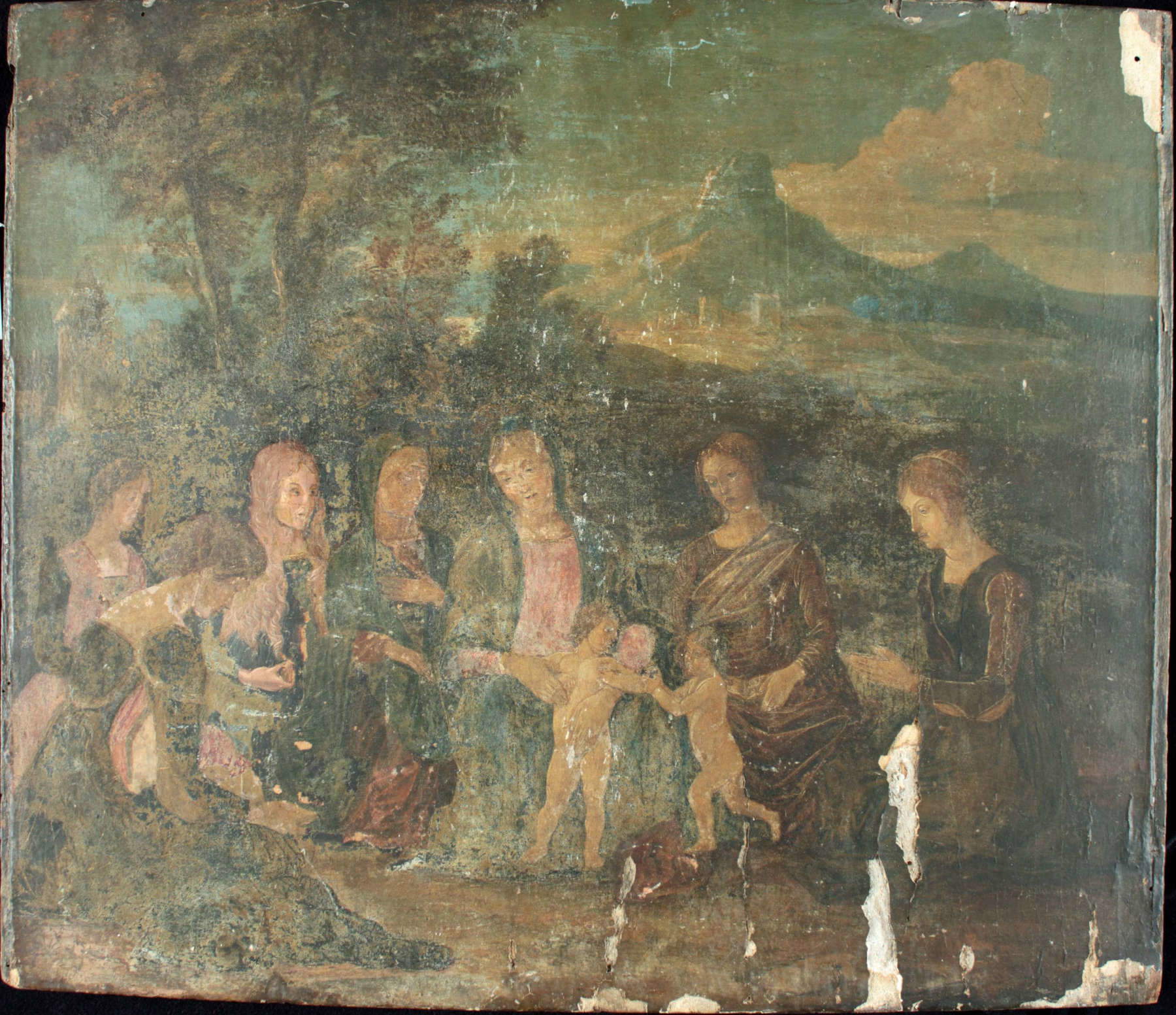
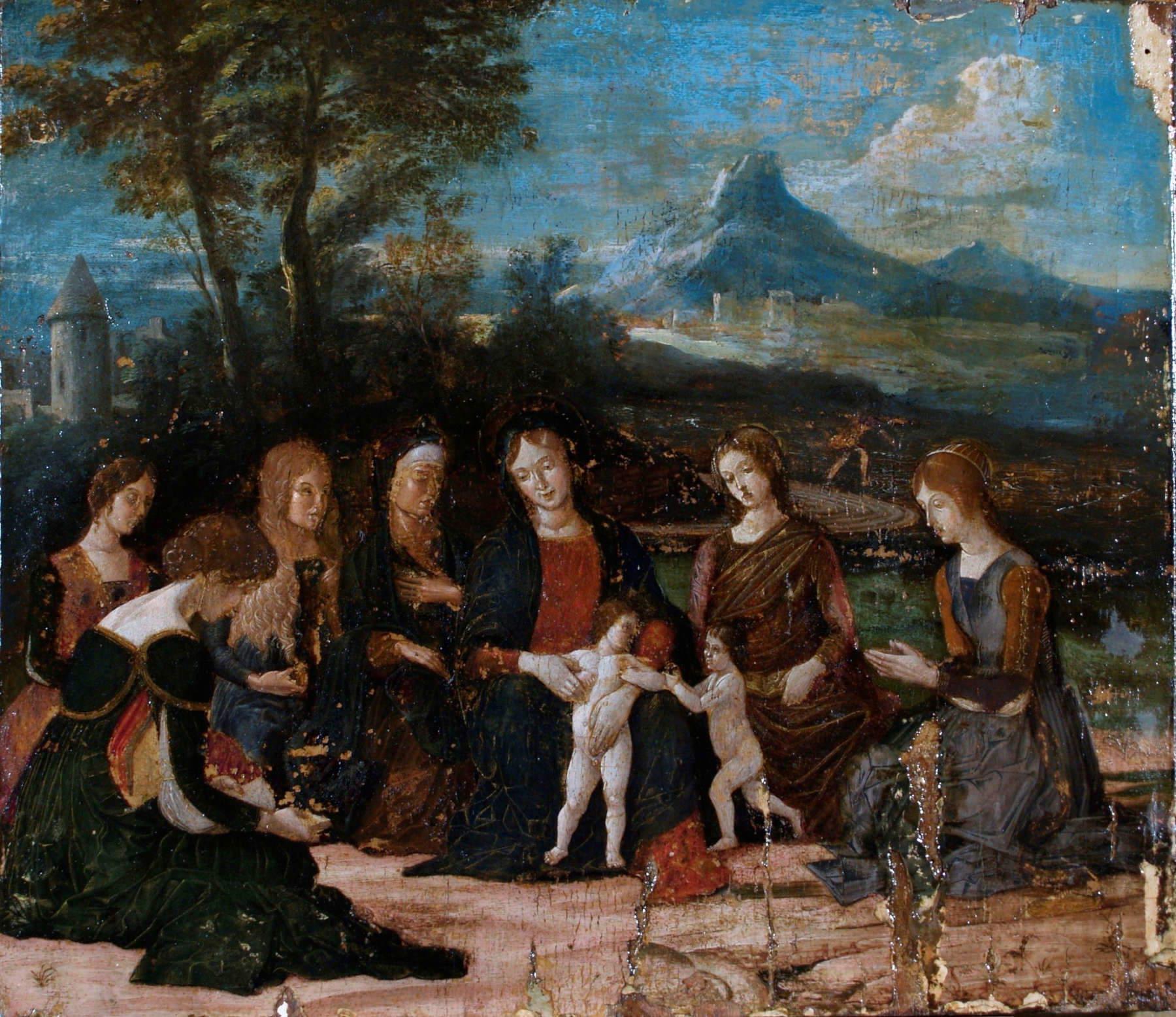
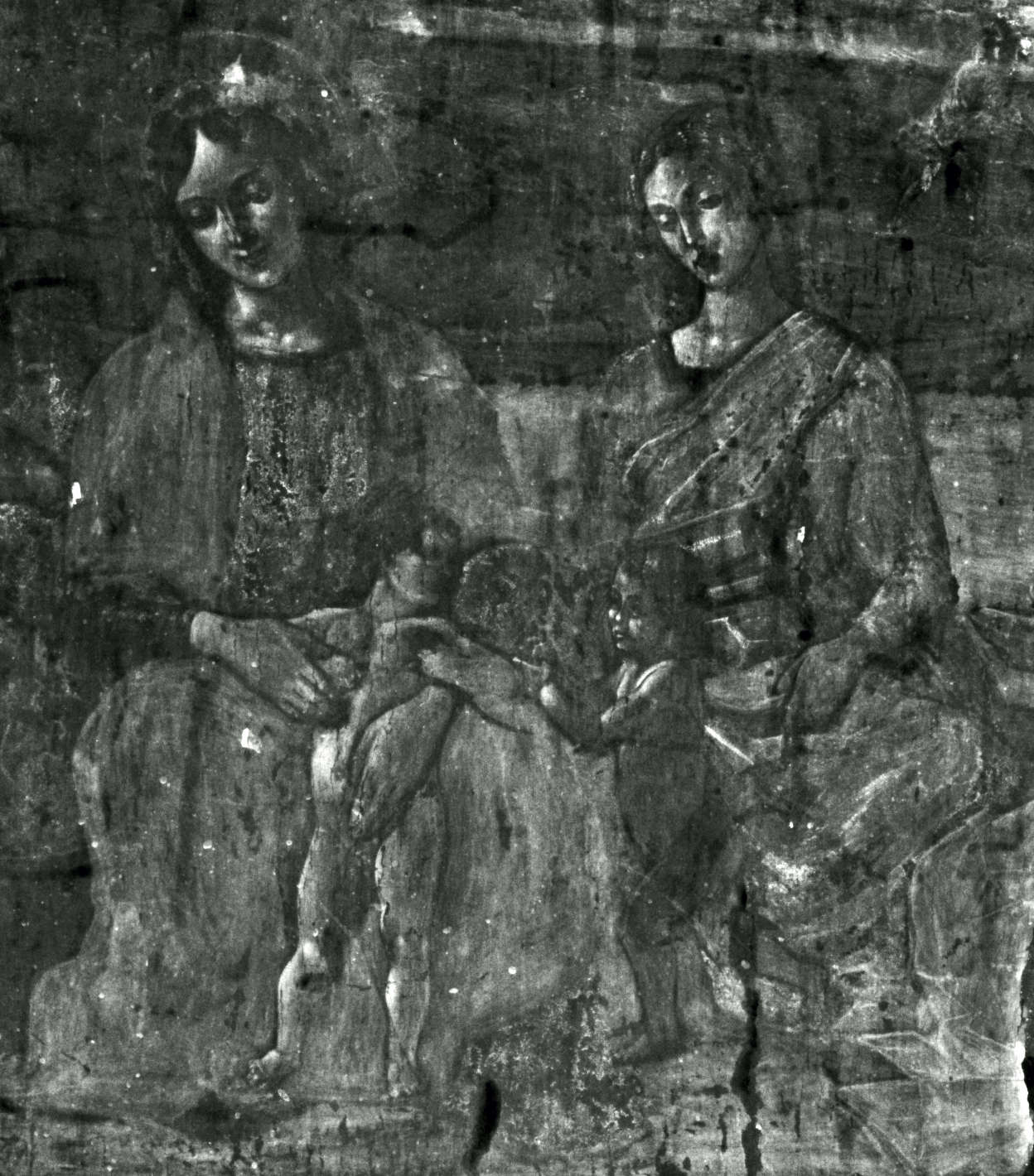
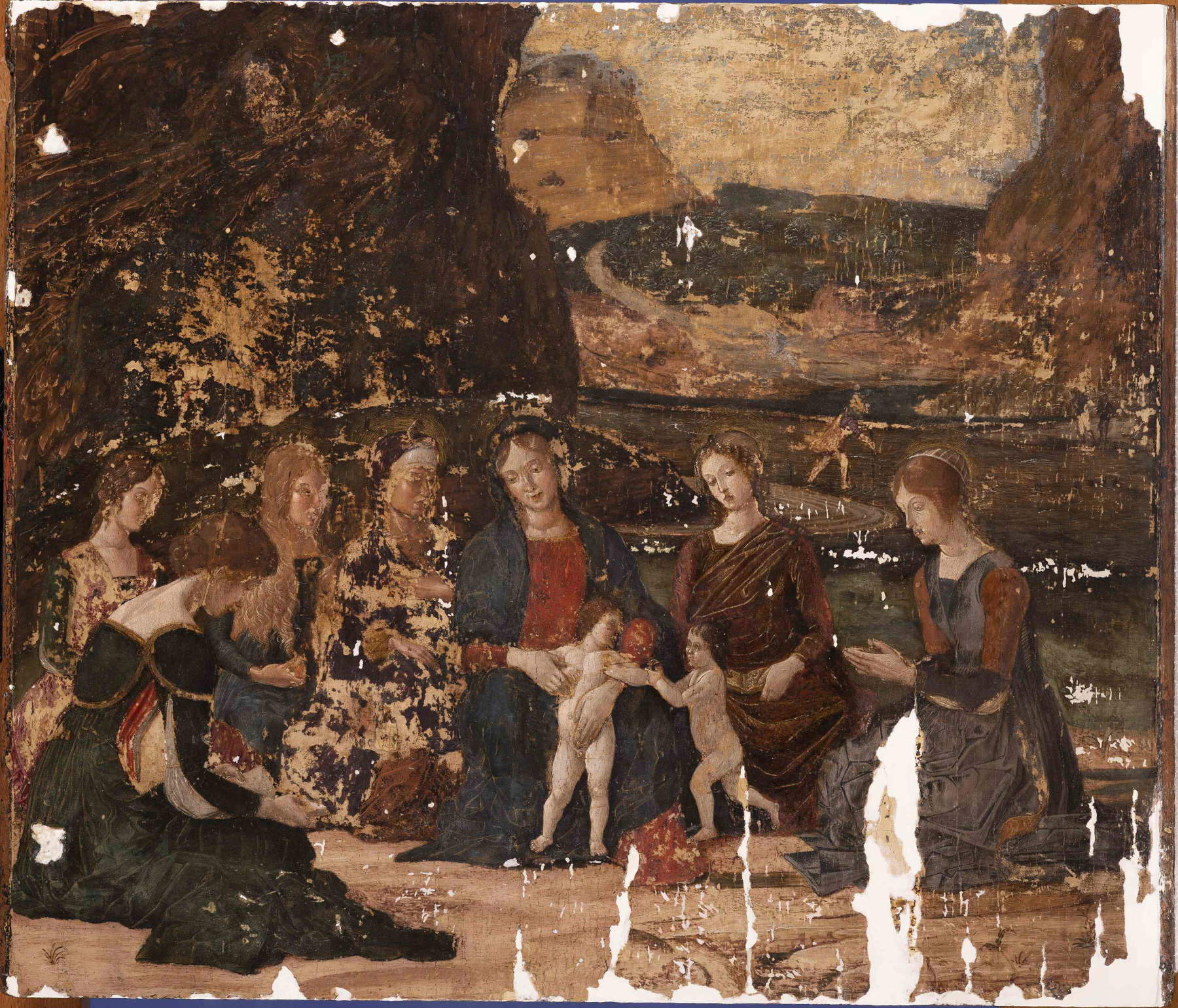
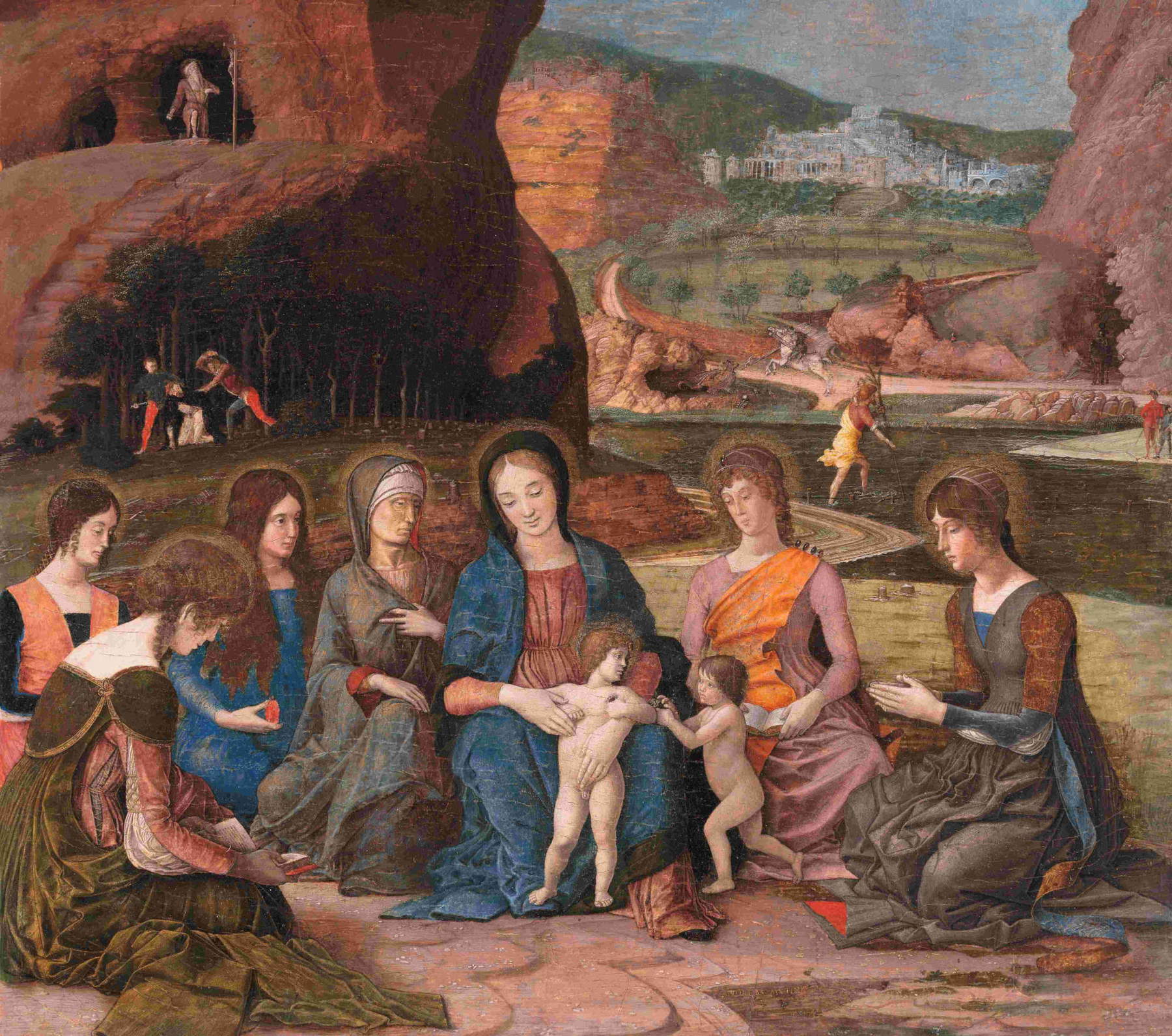
“This is great news for Venice and for the history of Italian art,” says Luigi Brugnaro, mayor of Venice. “I want to thank all the staff of the Foundation who have worked hard for this incredible find, whose confirmation we confidently await. I want to emphasize how valuable, tireless and unique is the work of the Fondazione Musei Civici conservators who, every day, take care of the immense heritage of the City of Venice. As an Administration, we are honored to have received, and continue to receive, from generous people who love our City and are animated by extraordinary civic and civic passion, works that the City continues to make known, enhance and enrich.”
“This incredible story,” says Mariacristina Gribaudi, president of the Fondazione Musei Civici di Venezia, “began when one of our museum conservators in planning a restoration project picked up from the barely legible surface of the painted panel some clues that could conceal a work of great artistic value. A story whose happy ending could return a precious painting to the city. I am excited and proud of this discovery. I thank the Ghirardi Foundation, which together with us accepted the gamble of restoring the work, bringing to light one of the many treasures hidden in our storerooms.”
“The Ghirardi Foundation-Villa Contarini of Piazzola sul Brenta,” says President Giorgio Orsoni, “is very pleased to have been involved in this initiative, which sees the recovery of a work of probable attribution to Andrea Mantegna, a distinguished citizen of Piazzola. As part of its cultural promotion activities, in the various fields of knowledge particularly art, music and medical sciences, the Foundation stands out for the attention it has always given to the enhancement of its territory. It should not be forgotten that Piazzola sul Brenta and Villa Contarini are important centers of the cultural life of the Republic of Venice, ever since the Villa was enhanced by the Doge Contarini and used, not only for the promotion of musical initiatives, but also as an important center of meetings at the international diplomatic level. Participation in the initiative promoted by the Venetian Civic Museums is, therefore, fully in line with its tradition, which we hope may long continue also for the enhancement of its territory in tune with Venetian institutions.”
 |
| Venice, Mantegna work found in Correr Museum storerooms |
Warning: the translation into English of the original Italian article was created using automatic tools. We undertake to review all articles, but we do not guarantee the total absence of inaccuracies in the translation due to the program. You can find the original by clicking on the ITA button. If you find any mistake,please contact us.